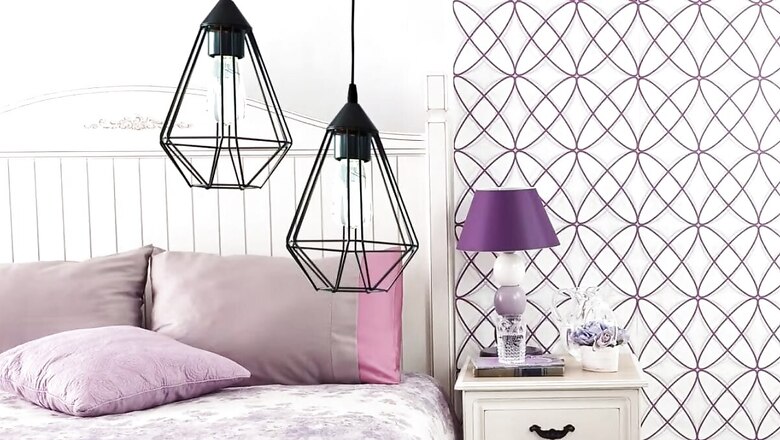
views
As summer temperatures rise, keeping your living space cool becomes essential. Interior design plays a crucial role in creating a comfortable and refreshing environment during the scorching months. Here are some effective strategies, as discussed by industry experts, to help you cool your home through thoughtful design choices.
Opt for Lighter Fabrics and Colors
Shubhra Dahiya, Partner, team3, emphasizes the importance of choosing lighter fabrics and colors. “Swap out heavy drapes and dark-colored fabrics for lightweight materials like cotton or linen in soothing pastels or whites,” she suggests. These materials reflect sunlight instead of absorbing it, creating an airy and spacious feel that keeps rooms cooler. Additionally, incorporating cool-toned decor elements such as throw pillows, rugs, and artwork in shades of blue, green, or other cool tones enhances the calming ambiance and visually lowers the perceived temperature in a room.
Introduce Indoor Plants
Adding indoor plants to your home not only brings a touch of nature indoors but also helps in cooling the space. Plants release moisture into the air through a process called transpiration, which can lower the air temperature around them. Moreover, the presence of greenery can psychologically make a room feel cooler and more refreshing.
Choose Natural Fibers
When selecting furniture and upholstery, natural fibers like cotton or linen are preferable. These materials allow for better airflow, preventing the sticky and uncomfortable feeling often associated with humid conditions. “These interior design adjustments contribute to a cooler indoor environment and add a touch of elegance and comfort to your living spaces during the hot summer days,” notes Dahiya.
Block Heat Gain
Vikrant Sharma, Founding Partner and Principal Architect, Hivemind Design LLP, highlights the importance of identifying areas where heat gain occurs. “Reflective tiles on solid walls and heavy curtains for large openings effectively block off light and heat,” he explains. This approach helps to reduce the overall heat entering your home.
Embrace Natural Ventilation
Natural ventilation is a time-tested method for cooling spaces. Sharma advises drawing inspiration from traditional cooling techniques. “Planning openings on the north side, typically shaded, maximizes the intake of cooler air,” he says. Incorporating Khus mats and specialized blinds with honeycomb and collinear construction can further block sunlight and provide insulation.
Optimize Energy Consumption
Minimizing unnecessary heat generation is another key strategy. Turning off appliances that are on standby mode can reduce the amount of heat they emit, contributing to a cooler environment.
Fenestration Design for Temperature Regulation
Vishal Sharma, founder partner and Principal Architect, Confluence, underscores the significance of fenestration design for temperature management. “Well-designed windows or openings can contribute to passive heating from sunlight during colder seasons and promote cooling through cross-ventilation in warmer periods,” he explains. This method not only enhances thermal comfort but also reduces the dependency on mechanical heating or cooling, promoting energy efficiency and sustainability.
Incorporating these interior design strategies can transform your home into a cool and comfortable oasis during the hot summer months. By making thoughtful choices in fabrics, colors, materials, and ventilation, you can create an inviting and refreshing living space that stands up to the heat.

















Comments
0 comment